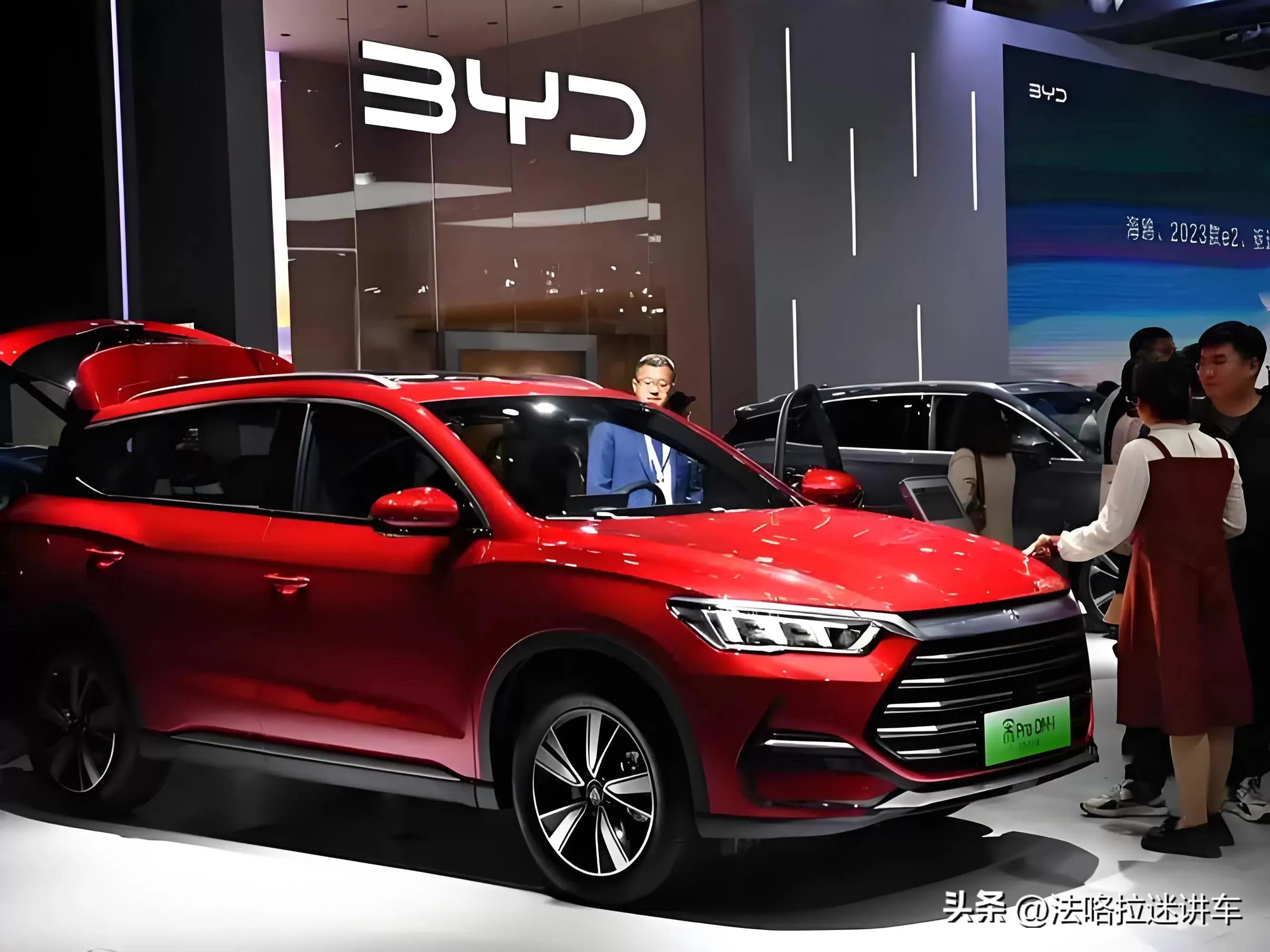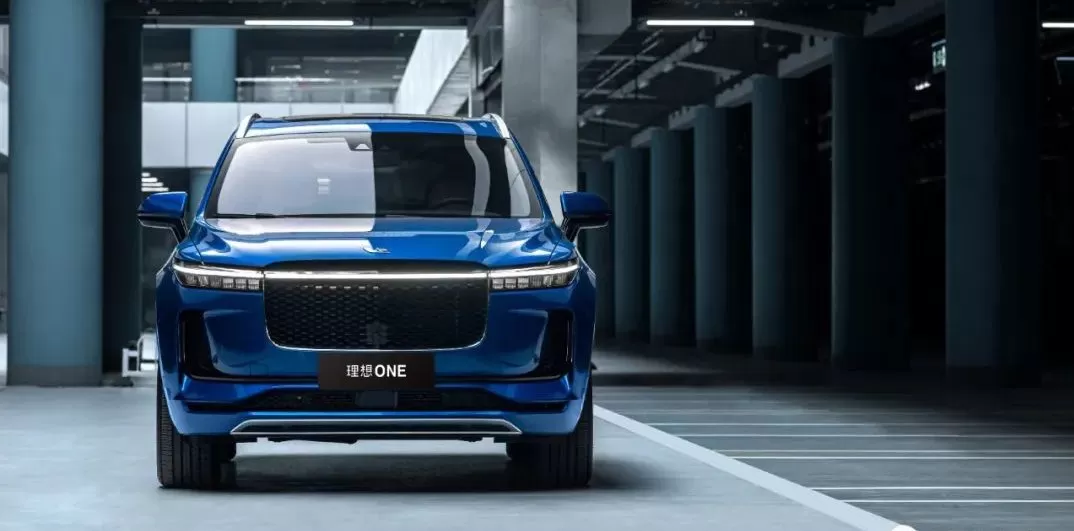On November 1. BYD announced that its October car sales hit a new record of 503.000 units. What does it mean to sell more than 500.000 units in a month? The China Passenger Car Association (CPCA) forecasted that the total sales of new energy vehicles (NEVs) in October would reach 1.15 million units. By this estimate, BYD contributed to over 40% of the total NEV market sales, making it increasingly likely that BYD will "support half of China's new energy vehicle market."
On the evening of October 30. BYD released its third-quarter financial results for 2024. with a revenue of 201.1 billion RMB. This means that, following its third-quarter sales performance, BYD's revenue has now surpassed that of Tesla, which reported 179.6 billion RMB.
What Drives BYD's Rapid Growth?
1. Daily Investment of 120 Million RMB in R&D
Almost every automaker has publicly stated that technological innovation is the core driver for long-term business growth. Because of this, automakers must prioritize research and development (R&D) and increase their investment in this area. So why is BYD the leader? Based on its market performance and financial reports, there are four main factors: heavy investment, long-term commitment, correct direction, and efficient action.

According to BYD's third-quarter 2024 report, the company spent 33.3 billion RMB on R&D in the first three quarters of the year, a 34% increase year-over-year, setting a new historical record. On average, BYD spends 120 million RMB every day on technology development. This places BYD ahead of both domestic listed automakers and leading foreign NEV companies in terms of R&D spending.
Compared to Tesla, which spent 23.24 billion RMB on R&D, BYD has outpaced it by more than 10 billion RMB. Furthermore, compared to other publicly listed automakers in China, BYD’s R&D expenditure in the first three quarters is greater than the combined total of Changan, SAIC, GAC, JAC, Great Wall, and Li Auto.
Source: 2024 Q3 Financial Data of Some Listed Automakers, compiled by China New Economic
33.3 billion RMB is a significant figure. According to Wind data, in the first three quarters of this year, BYD's R&D expenses ranked first among the more than 5.300 A-shares listed companies. BYD also has the largest R&D workforce among all automakers globally, with nearly 110.000 technical staff.
BYD's success has not been achieved overnight; rather, it is the result of consistent, long-term investment in R&D that has allowed the company to maintain a technological edge.
According to the official website, BYD’s total R&D spending has exceeded 160 billion RMB. If we compare R&D expenses to net profit, from 2011 to the present, BYD has spent more on R&D than its net profits in 13 out of the past 14 years, and in some years, its R&D expenses were multiple times its net profits.
In terms of the direction of the automotive industry's development, BYD has also correctly identified the trends. BYD Chairman Wang Chuanfu has repeatedly emphasized that the first stage of intelligent electric vehicles is electrification, and the second stage is intelligence. This has now become an industry consensus.

At this moment, BYD’s sustained and high investment in R&D provides greater confidence for its battle in the second stage of intelligent vehicles.
2. High R&D Investment in Intelligence and Smart Driving
In the field of smart vehicles, BYD’s investment aligns with the top tier of the industry. Just in the area of intelligent driving, media reports show that as of August this year, BYD's smart driving team has grown to 4.000 people, five times the size of Tesla's team, and comparable to Huawei's smart driving team. In 2022. this team only had 100 members.
With such efficient execution, BYD's smart driving team has grown 40-fold in just two years. The results are already visible: by the end of September, more than 3.5 million BYD vehicles were equipped with Level 2 intelligent driving, and the company is also collaborating with companies such as Huawei and OPPO to complete intelligent ecosystem integration.
3. “Annual Sales Expected to Exceed 4 Million Units”
Thanks to its substantial and sustained R&D investment, BYD’s product offerings are becoming increasingly diverse, covering a broad range of price points. From the 70.000 RMB A00-class Seagull to the 1 million RMB D-class luxury SUV, the BYD product lineup spans across all major market segments. Competitors include newly launched NEVs and well-established gasoline car manufacturers entrenched in their respective niches.
This extensive product matrix enables BYD to reach a wide range of customers, significantly boosting its sales. From January to October this year, BYD's sales reached 3.25 million units, surpassing its total sales from last year. This represents a 37% year-over-year increase, enabling the company to meet its initial target of a 20% growth rate for the year.
Recently, five brokerages, including Dongwu Securities and Kaiyuan Securities, published research reports indicating that BYD’s sales and performance have exceeded market expectations. Not only has BYD performed well in China, but it has also achieved impressive results overseas.

As of now, BYD has entered 96 countries and regions globally and has invested in building NEV manufacturing plants in Uzbekistan, Thailand, Brazil, and Hungary. "This pace of development will only accelerate in the future," said Li Yunfei, General Manager of BYD’s Brand and Public Relations Department, on October 30.
4. Expanding Global Reach and Increased Sales Expectations
On November 1. the CPCA published an article on its official account, stating that automakers like BYD and Chery, which have established local manufacturing plants abroad, are not only addressing current trade frictions but also achieving a global strategy for Chinese cars. "This is an essential step for Chinese brands to go global and improve their international influence."
Looking ahead, several brokerages have high expectations for BYD’s future. Research reports from Morgan Stanley and Citigroup on October 31 predicted that BYD’s total sales for the year would exceed 4 million units. On November 1. Dongwu Securities projected that BYD’s annual sales would surpass 4.1 million units.
This suggests that BYD is highly likely to further advance in the global automotive sales rankings this year. In 2023. BYD entered the global top 10 for the first time with a total of 3.02 million vehicles sold, ranking ninth. This marked the first time a Chinese automaker achieved this feat.
According to Yiche data, in the first three quarters of this year, BYD’s sales ranking has moved up to sixth globally.
From entering the global top 10 in sales last year to surpassing Tesla in multiple areas like global sales, gross margin, and revenue this year, BYD's progress in the global automotive and NEV sectors is undeniable. This advancement has validated the assessment made by Lu Tian, General Manager of BYD's Dynasty Network Sales Division, at the end of October: "BYD is leading Chinese brands in sales and soaring."
These achievements are undoubtedly victories for China’s new energy industry, showcasing the strength and image of Chinese automotive brands to the world. It is clear that Chinese automakers, led by BYD, are advancing toward the global peak, poised to disrupt the global automotive industry landscape.






